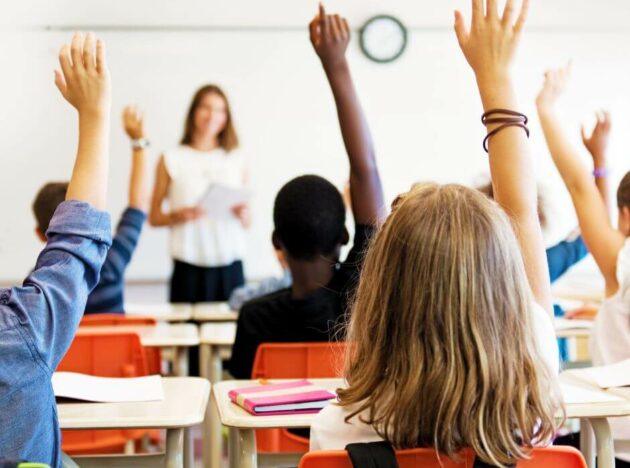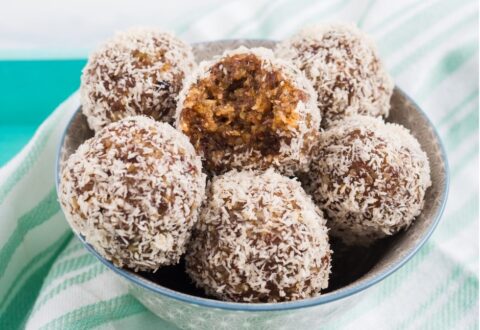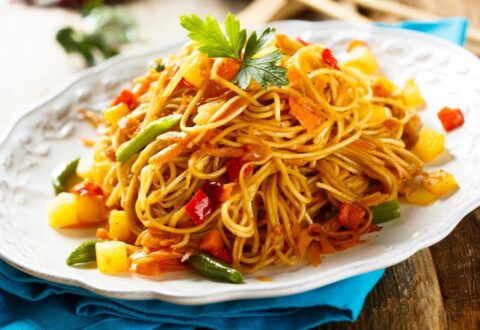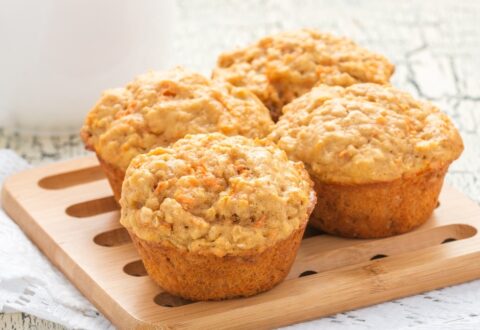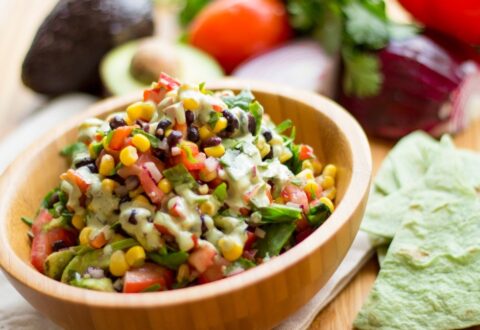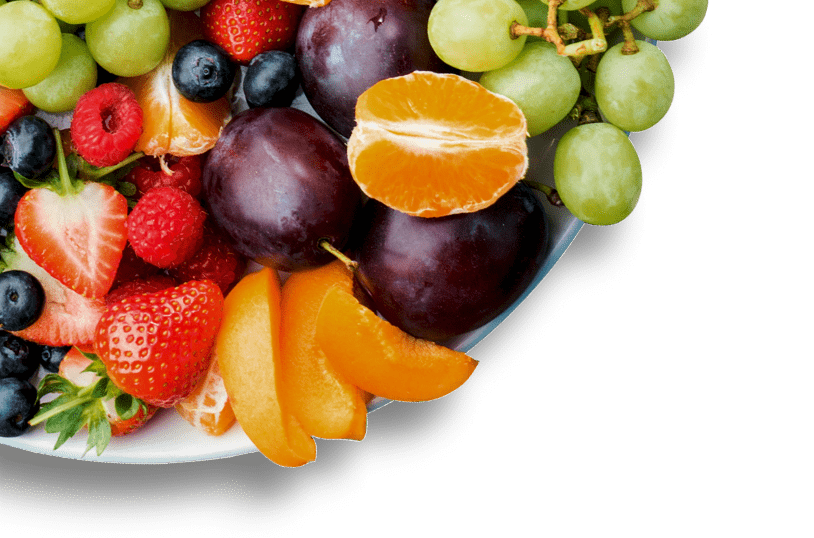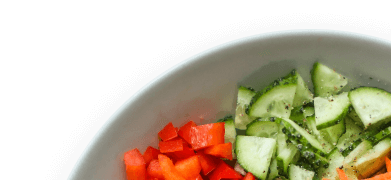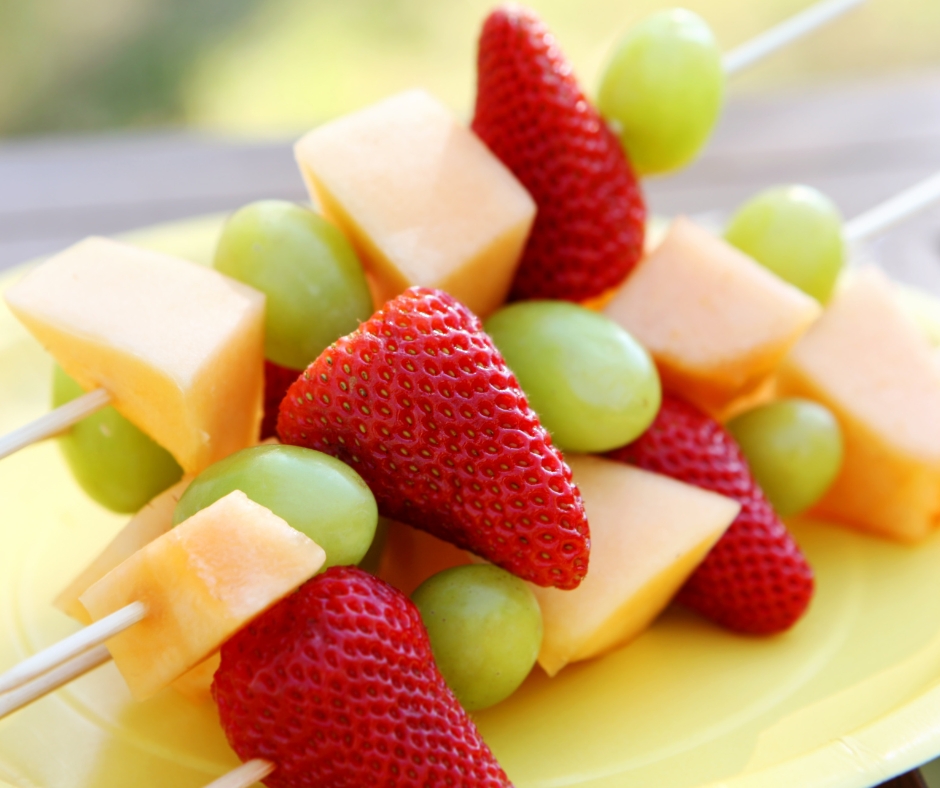Food rewards in the classroom
Teachers commonly use incentives and rewards in class. Here’s how you can promote healthy eating habits without using food-based rewards in the classroom.
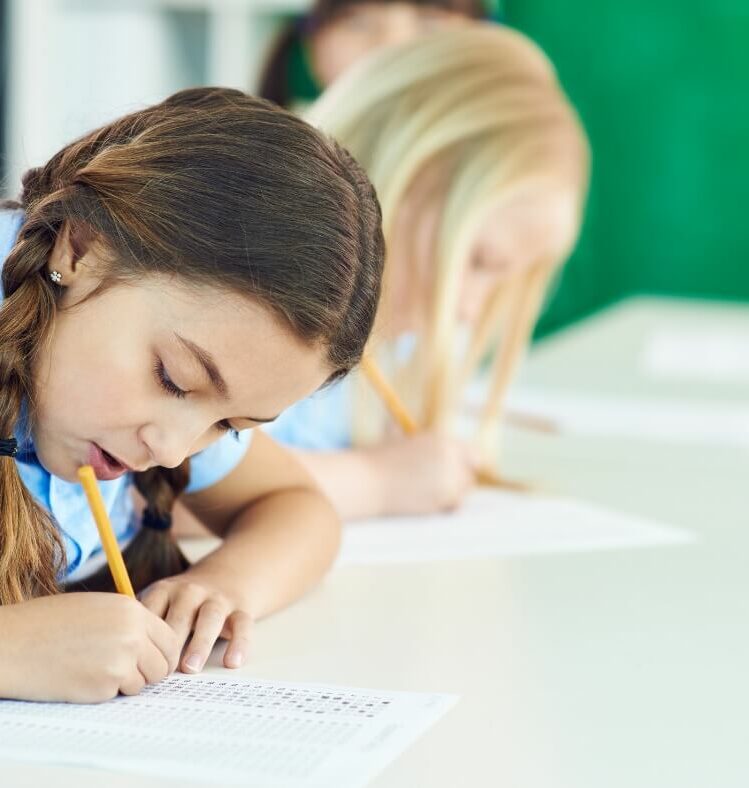
Teachers commonly use incentives and rewards in class. Here’s how you can promote healthy eating habits without using food-based rewards in the classroom.
Schools can play an important role in helping students develop healthy relationships with food, and an understanding of how it interacts with their bodies.
Encouraging healthy habits
The average Australian child gets up to 40% of their daily energy intake (kilojoules) from ‘discretionary’ foods and drinks, which are high in energy, and added sugars, fat and/or salt.
Unfortunately, lollies, chocolates and events like ‘pizza parties’ are often used to incentivise or reward behaviour in the classroom. But it is possible to create a fun and celebratory healthy eating environment, without adding to children’s intake of unhealthy foods and drinks.
Aligning with the school food policy
According to the Victorian Government’s School Canteens and Other School Food Services Policy, confectionery and sugary drinks should not be supplied at schools, and Occasionally (Red) food and drinks can only be provided twice per term.
Consistent messaging
Schools should be a safe place for students to learn and have healthy behaviours reinforced. The whole school community can work together to create a culture that supports healthy food and drink choices. One way is to ensure what goes on in class aligns with what you’re teaching children about healthy eating in the curriculum. Your messages about enjoying foods from the five food groups will be more effective if you’re not also giving out lollies.
Developing a healthy relationship with food
Using food as a reward can affect children’s relationship with food, now and later in life. Children’s food preferences are strongly influenced by how often they’re exposed to foods and drinks, and regular exposure to unhealthy options can ‘normalise’ foods that should be consumed only occasionally.
The more a child is exposed to unhealthy food and drinks, the more likely they will develop unhealthy eating habits for life.
Even using healthier foods as a reward may have negative consequences. It can create the expectation that food should be consumed (or restricted) in response to their actions or behaviours, rather than for more appropriate reasons (such as when a student is hungry, or for cultural or medical reasons). It can also encourage children to eat when they’re not hungry, which can lead to excess energy intake.
Choosing non-food rewards
Teachers can help students develop a positive relationship with food by only providing non-food rewards in the classroom.
The advantages of using non-food rewards
- You will be supporting the healthy eating messages as part of the Australian curriculum
- You will be supporting children’s understanding of eating when hungry
- You will help students to have a healthier relationship with food
- You will reduce the harm to student’s dental health
- You could save money, if you are regularly purchasing food rewards
- Students that eat better, learn better!
Non-food reward ideas
Below are just a few ideas to get you thinking. Remember that rewarding students doesn’t have to cost you anything. You could even get the students involved with suggesting reward ideas.
- trinkets
- have free choice time
- activity/game sheets
- bookmarks
- stickers
- pencils, pens, and markers
- ‘no homework’ pass
- you (or the principal) perform some silly, weird, or embarrassing feat
- earning extra house/team points
- items for active play
- earn tokens for privileges, such as:
- extra computer time
- listen to music while working
- have a classroom party that involves games and activities rather than food
- classroom free time
- sit with your friends during class
- leaving the class first
- watch a movie in class
- make the morning announcements
- be ‘student of the day’
What non-food rewards will you be using in your classroom?
For more information please phone 1300 22 52 88 or email heas@nnf.org.au
Except where otherwise indicated, the images in this document show models and illustrative settings only, and do not necessarily depict actual services, facilities or recipients of services. This document may contain images of deceased Aboriginal and Torres Strait Islander peoples. In this document, ‘Aboriginal’ refers to both Aboriginal and Torres Strait Islander people. ‘Indigenous’ or ‘Koori/Koorie’ is retained when part of the title of a report, program or quotation. Copyright © State of Victoria 2016
Written and reviewed by dietitians and nutritionists at National Nutrition Foundation, with support from the Victorian Government.

Related resources
Featured recipes
Explore more recipesRegister your interest
"*" indicates required fields

